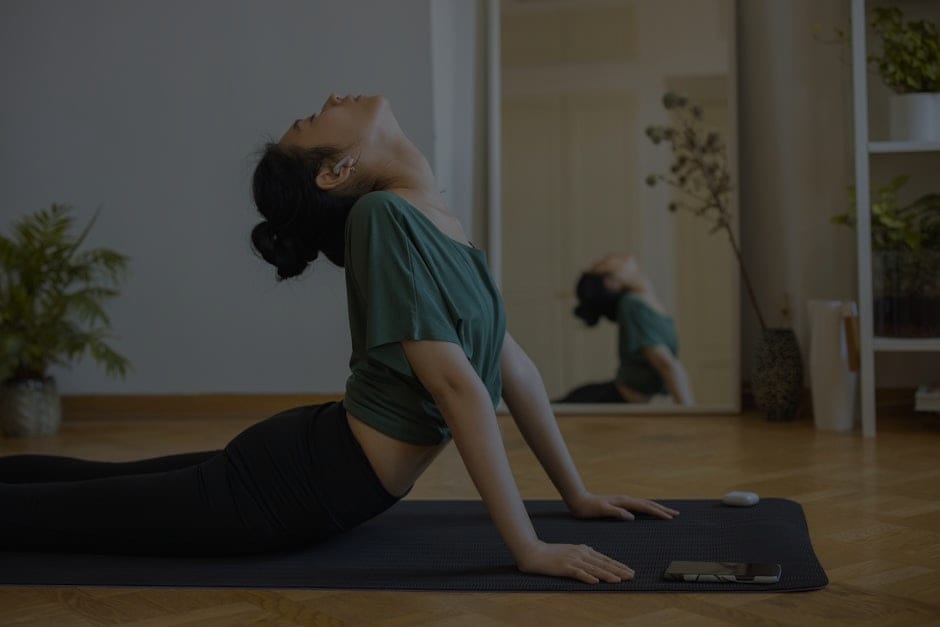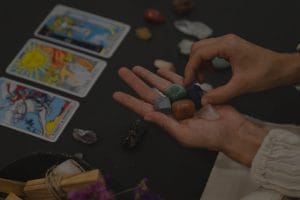**Abstract:**
Transform your meditation practice with feng shui tools designed to enhance your space. Discover how these powerful elements can deepen your experience and promote tranquility.
Creating a Harmonious Environment
The foundation of a successful meditation practice lies in the environment you create. Feng shui, the ancient Chinese art of placement, can significantly enhance the energy flow in your meditation space. By arranging your space mindfully, you invite peace and clarity, allowing you to connect more deeply with your inner self.
To start, assess your meditation area. Is it cluttered or chaotic? Clearing out unnecessary items is crucial for maintaining a serene atmosphere. Feng shui principles emphasize that clutter can block positive energy, known as “chi.” By decluttering, you not only make room for fresh energy but also create a mental space conducive to meditation.
Utilizing Feng Shui Elements
Incorporating specific feng shui elements can further elevate your meditation space. Earthy tones, natural materials, and plants are excellent choices. For instance, adding a small indoor fountain can introduce the calming sound of flowing water, which is believed to purify the air and enhance relaxation.
Crystals are another powerful tool in feng shui. Each crystal has unique properties that can support your meditation practice. For example, amethyst is known for its ability to promote tranquility and spiritual awareness, making it an ideal addition to your space. Place it in your meditation corner to amplify your intentions and deepen your practice.
Color Psychology in Meditation Spaces
Color plays a significant role in feng shui and can profoundly affect your mood and focus. Soft blues and greens are associated with tranquility and healing, while warm tones like yellows and oranges can energize your spirit. When selecting colors for your meditation space, consider how they make you feel and their impact on your meditation experience.
Using color strategically can enhance your practice. For instance, painting one wall in a calming shade can create a focal point that draws your attention inward, helping you to center your thoughts during meditation.
The Importance of Lighting
Lighting is another critical aspect of feng shui that can influence your meditation experience. Natural light is ideal, as it promotes a sense of openness and connection with nature. If natural light is limited, consider using soft, warm artificial lighting to create a cozy atmosphere.
Avoid harsh fluorescent lights, as they can create tension and distract you from your practice. Instead, opt for dimmable lamps or candles that provide a gentle glow, inviting relaxation and focus.
Incorporating Sound and Scent
Sound and scent are often overlooked in the creation of a meditation space, yet they can significantly enhance your experience. Consider adding soothing sounds, such as gentle music or nature sounds, to create a calming backdrop for your practice.
Aromatherapy can also play a vital role in setting the mood. Essential oils like lavender and sandalwood are known for their calming properties. Using a diffuser or incense can help you create a sensory-rich environment that supports your meditation journey.
Personalizing Your Space
Ultimately, your meditation space should reflect your personal style and preferences. Incorporate items that resonate with you, such as meaningful artwork or photographs that inspire peace and joy. Personal touches create a sense of ownership and comfort, making your space uniquely yours.
As you explore different feng shui tools and techniques, remember that the goal is to create a sanctuary where you can connect with yourself. Trust your instincts and allow your space to evolve as your meditation practice deepens.
In conclusion, enhancing your meditation space with feng shui tools is a powerful way to cultivate a deeper practice. By creating a harmonious environment, utilizing elements thoughtfully, and personalizing your space, you can elevate your meditation experience and foster a profound sense of tranquility. Embrace the journey and watch as your practice flourishes.










